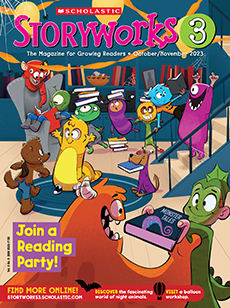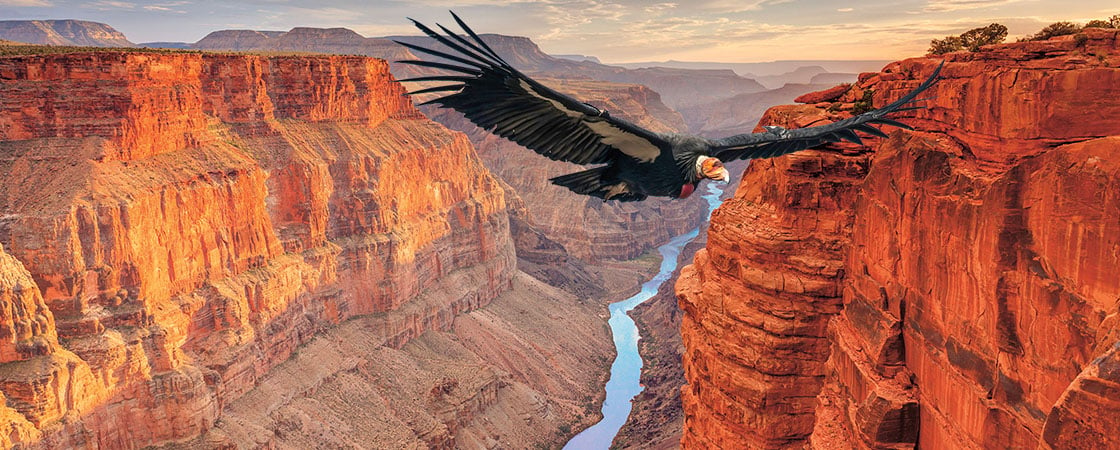You’re standing on a giant rock. As you peek over the edge, your stomach flips.
The deep valley below could fit four Empire State Buildings! It’s surrounded by giant cliffs. These towering walls of rock look like layers on a cake. Each layer is a different shade of red, orange, or gold.
At the bottom of the valley, you see a shimmering river, twisting and turning like a snake. It feels like you’re on another planet! But you’re in Arizona, at one of the most stunning places in the country: Grand Canyon National Park.
Millions of people come here every year. Fewer than 1 percent of visitors attempt what you’re about to try: climbing down to the mighty Colorado River below. Will you make it?
You’re standing on a giant rock. You look over the edge. Your stomach flips. There is a deep valley below. It could fit four Empire State Buildings! It’s surrounded by giant cliffs. These tall walls of rock look like layers on a cake. Each layer is a different color of red, orange, or gold.
At the bottom of the valley, you see a shimmering river. It’s twisting and turning like a snake. It feels like you’re on another planet! But you’re in Arizona. You’re at one of the most beautiful places in the country. You’re at Grand Canyon National Park.
You’re about to try climbing down to the mighty Colorado River below. Millions of people come here every year. Fewer than 1 percent of visitors try to do this. Will you make it?

